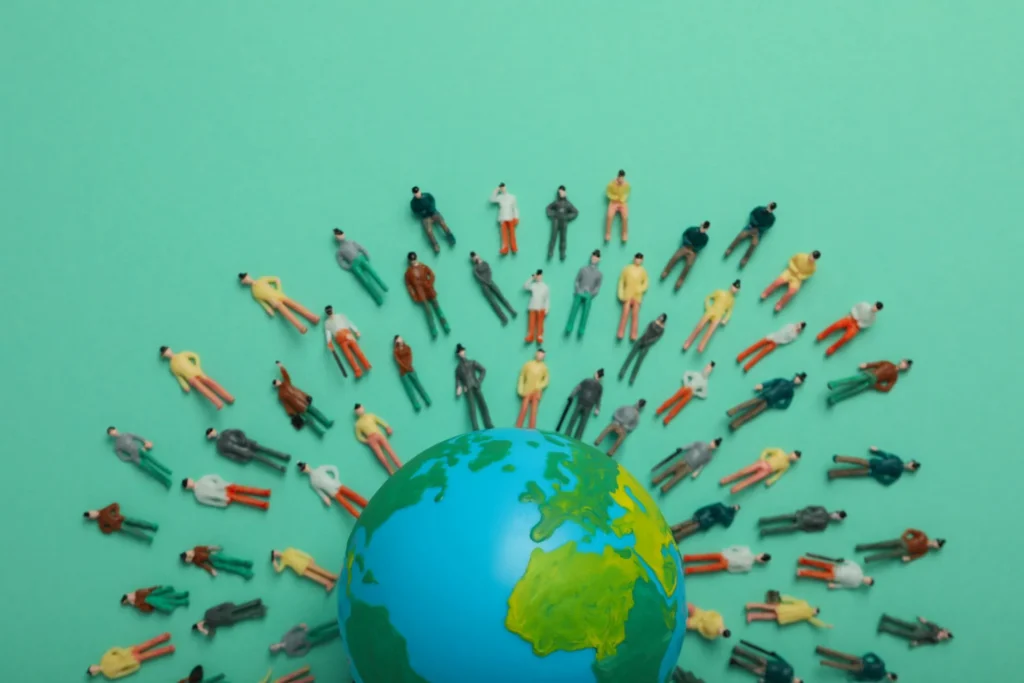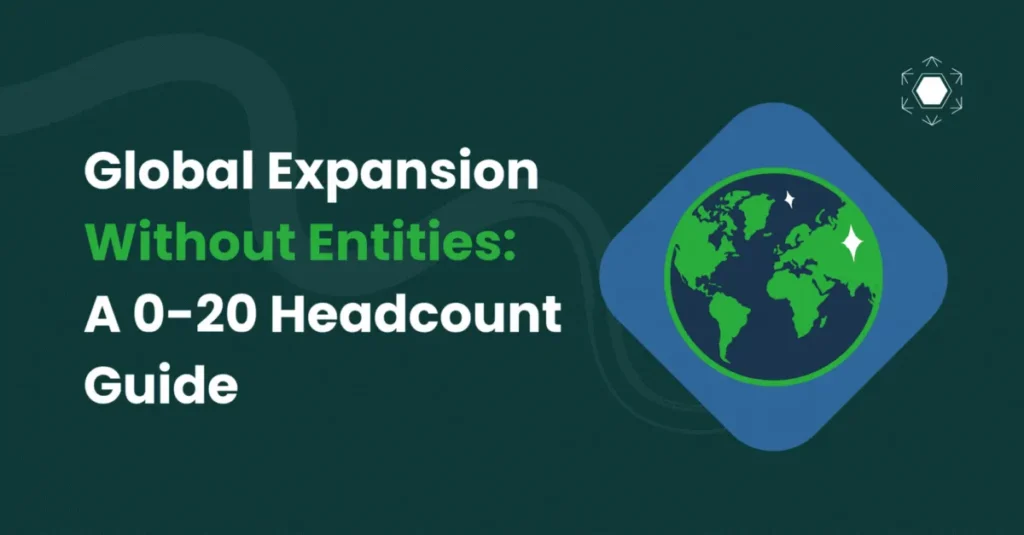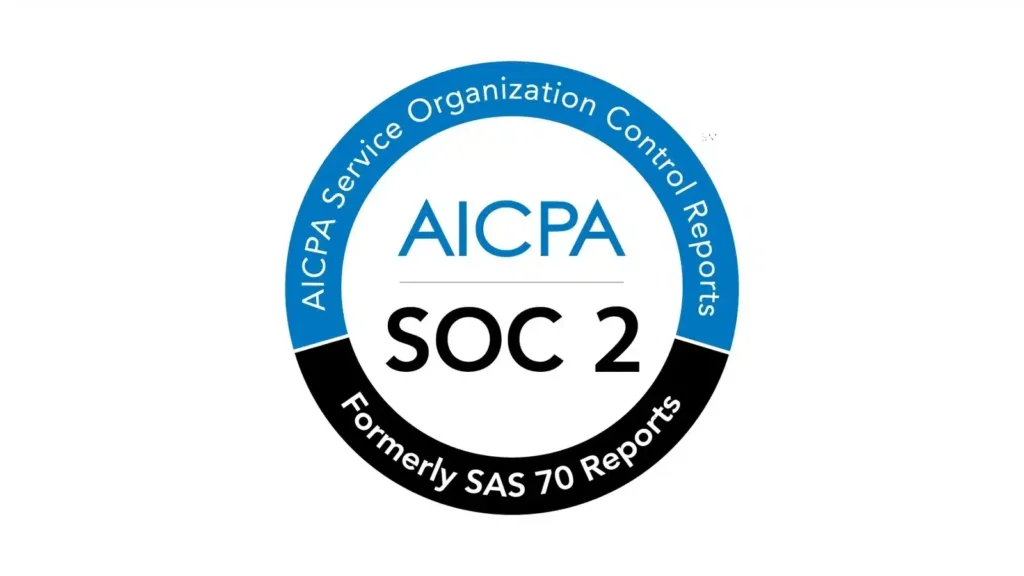Tariffs have become a central talking point in global trade policy, and it’s easy to see why. As a key element of the current US administration’s economic agenda, tariffs have created a ripple effect across global markets. Companies are now facing challenges to their expansion strategies and talent acquisition efforts amid this economic uncertainty. Understanding how tariffs impact business operations has never been more important.
In this article, we’ll explore how rising tariffs reshape global business strategies, the implications for talent mobility, and the strategies companies adopt to stay competitive in this evolving landscape.
What is a Tariff?
A tariff is essentially a tax that governments impose on goods being imported or exported. It’s used to make imported products more expensive, which helps protect local businesses and industries by making domestic products more attractive to consumers. Governments use tariffs to control trade, generate revenue, and sometimes as a tool in trade disputes.
Tariffs can significantly increase costs for businesses, impacting pricing, supply chains, and overall profitability. While tariffs can be a source of protectionism, they also pose challenges for companies operating internationally, forcing them to rethink business models, pricing strategies, and market approaches.
Impact on Expansion Strategies
At the time of writing, most tariffs have been rolled back (except those on China), but these changes are only temporary, and their effects are still being felt. Tariffs continue to play a major role in how businesses approach global expansion. With trade rules shifting and uncertainty growing, companies are being forced to rethink where they grow and how they operate across borders.
Here’s how that’s playing out in real terms:
- Reevaluating Target Markets: Many companies are rethinking which markets to prioritise. Tariffs make some regions more expensive to operate in, so businesses are leaning towards countries with more stable trade policies or preferential trade agreements. Emerging markets are also getting more attention, partly because there’s less disruption and because they often have fewer barriers to entry. Companies now focus on regions with more stable trade policies, such as ASEAN countries or those in Europe with strong trade deals.
- Shifting Supply Chains: Tariffs are disrupting long-standing supply chains. Some companies are moving production to other countries to cut costs or avoid tariffs altogether. For instance, when tariffs on Chinese imports went up in the US, many businesses shifted manufacturing to other parts of Asia or brought it closer to home. Additionally, many businesses are shifting to nearby regions such as Mexico to reduce transportation costs and mitigate risks of tariff volatility.
- Rethinking Long-Term Strategy: Tariffs aren’t just a short-term hassle, they’re changing how companies plan for the future. Some are diversifying what they sell to reduce exposure if tariffs spike. Others are doubling down on local partnerships or setting up operations in places with stronger trade deals to get better access to international markets. Countries with trade-friendly policies, like those in the European Union, are becoming key hubs for businesses aiming for long-term stability.
Tariffs aren’t going away any time soon, so businesses need to stay nimble. Those that adapt and build flexibility into their expansion plans are more likely to stay competitive as global trade continues to evolve.
Economic Mechanisms Affecting Talent Acquisition
Tariffs don’t just affect trade routes and product pricing; they reshape the broader economic landscape, and that inevitably spills into the job market. As countries impose tariffs and trade tensions rise, businesses and workers alike start feeling the pressure in less obvious but equally disruptive ways.
Economic Slowdown Effects
When tariffs drive up the cost of imported goods and raw materials, inflation usually follows. That weakens consumer spending and dents economic confidence. As a result, many businesses put the brakes on investment and hiring. Countries caught in long-term trade disputes can also lose their appeal as destinations for international talent, especially if job security and business stability are shaky. This has led to businesses rethinking operations in less stable regions, opting instead for countries with more predictable economic environments.
Compensation and Career Trajectory Impacts
Rising operational costs tend to squeeze budgets. That can mean flatter pay structures, reduced bonuses, fewer promotions or slower hiring cycles. International workers (particularly those in industries directly affected by tariffs) may start weighing up whether it’s worth making a move. Some companies are even scaling back cross-border mobility programmes or freezing overseas relocations to keep costs under control. Consequently, businesses need to balance cost management with offering attractive compensation packages to retain talent.
Global Redistribution of Talent
As businesses shift operations to sidestep tariffs, there’s a knock-on effect on where jobs are created and where talent goes. It’s not just a supply chain shuffle; it’s a reshaping of the global workforce.
Relocating Operations, Relocating Talent
When operations move, jobs move, too. In response to tariffs on Chinese imports, for example, some companies relocated manufacturing to other parts of Asia or Mexico. Those decisions have driven demand for local talent and created new hubs of employment. It’s changing the map of where business activity happens and where people need to be. A prime example is the shift from China to Vietnam and Mexico, where companies have found more favourable trade conditions.
New Priorities for Workers and Governments
Just as businesses are looking for more stable ground, so are workers. Countries with fewer trade restrictions and more predictable economic policies are becoming more attractive to global talent. Some governments are actively courting skilled workers with targeted visa programmes and tax incentives, hoping to capture the opportunities that come with shifting business footprints. Regions with less trade volatility are becoming key destinations for international workers, further increasing competition for top talent.
Skills Gaps and Workforce Planning Challenges
That said, relocating operations doesn’t always align with where the right talent already is. In some regions, there’s a gap between the jobs being created and the skills available locally. That forces businesses to either invest in training or look elsewhere. Meanwhile, areas losing business activity might be left with a surplus of skilled professionals and fewer opportunities. Companies must proactively address skills gaps by investing in upskilling programmes or exploring remote talent pools.
Case Studies: Real-World Shifts in Strategy
These shifts in strategy aren’t theoretical; we’re already seeing them play out across major global players.
Apple’s Diversification Moves
Apple has long relied on China for its manufacturing backbone, but rising tariffs and geopolitical tension have prompted a rethink. The company has expanded operations into India and Vietnam as production hubs and emerging consumer markets. It’s a classic example of how tariffs push even the most established players to rethink their geographic footprint. Apple’s shift to India, for example, offers a less risky alternative to manufacturing in China while accessing a growing market.
Tesla’s Local Manufacturing Strategy
On the other hand, Tesla has responded to European trade dynamics by building production facilities directly within the EU. Its Berlin Gigafactory allows the company to sidestep tariffs altogether for European sales and reduce logistical costs at the same time. This forward-looking approach prioritises market access and supply chain resilience, ensuring Tesla remains competitive in an increasingly complex trade environment.
What It Signals
These moves reflect a broader trend. Global companies aren’t just relocating to avoid tariffs; they’re investing in longer-term stability. Whether that’s through diversifying supply chains or planting roots in tariff-friendly regions, the underlying strategy is the same: stay agile, reduce exposure, and build buffers against disruption.
Recommendations or Takeaways for Businesses:
- Build Flexibility into Supply Chains and Workforce Planning:
Flexibility is essential. Diversify supply chains to avoid over-reliance on any one region or market. Similarly, invest in workforce strategies that can pivot quickly through remote working or flexible staffing models. A nimble approach to operations and talent management will allow businesses to react swiftly to tariff shifts. - Monitor Tariff Changes and Policy Updates Closely:
Tariff landscapes are constantly evolving, so staying informed is critical. Set up systems to track tariff changes, trade negotiations, and policy updates in real time. This will give you a competitive edge and allow you to anticipate shifts in market dynamics before they become disruptive. - Invest in Talent Hubs in Stable Trade Environments:
Look for stable regions with favourable trade policies as potential talent hubs. By establishing a presence in these areas, businesses can ensure smoother talent acquisition and retention while also gaining access to favourable trade agreements. These hubs can also offer protection from tariff fluctuations by enabling companies to operate in multiple regions. - Leverage Government Incentives for Foreign Investment or Talent Attraction: Many governments offer incentives for businesses looking to invest in their economies, particularly in talent-rich regions. Whether it’s tax breaks, subsidies or streamlined immigration policies, make sure to take full advantage of these programmes to offset some of the financial pressures created by tariffs.
Conclusion
As tariffs continue to shape the global business landscape, companies must remain flexible and strategic to stay competitive. By reevaluating target markets, adapting supply chains, and responding proactively to economic shifts, businesses can not only weather the challenges posed by tariffs but also uncover new growth opportunities.
Emerald Technology is here to help you navigate these complexities. Our tailored solutions are designed to optimise your global expansion strategy and talent acquisition efforts, ensuring your business remains resilient and competitive in this ever-evolving market. Reach out to learn how we can support your success as you adapt to the challenges of today’s global trade environment.




